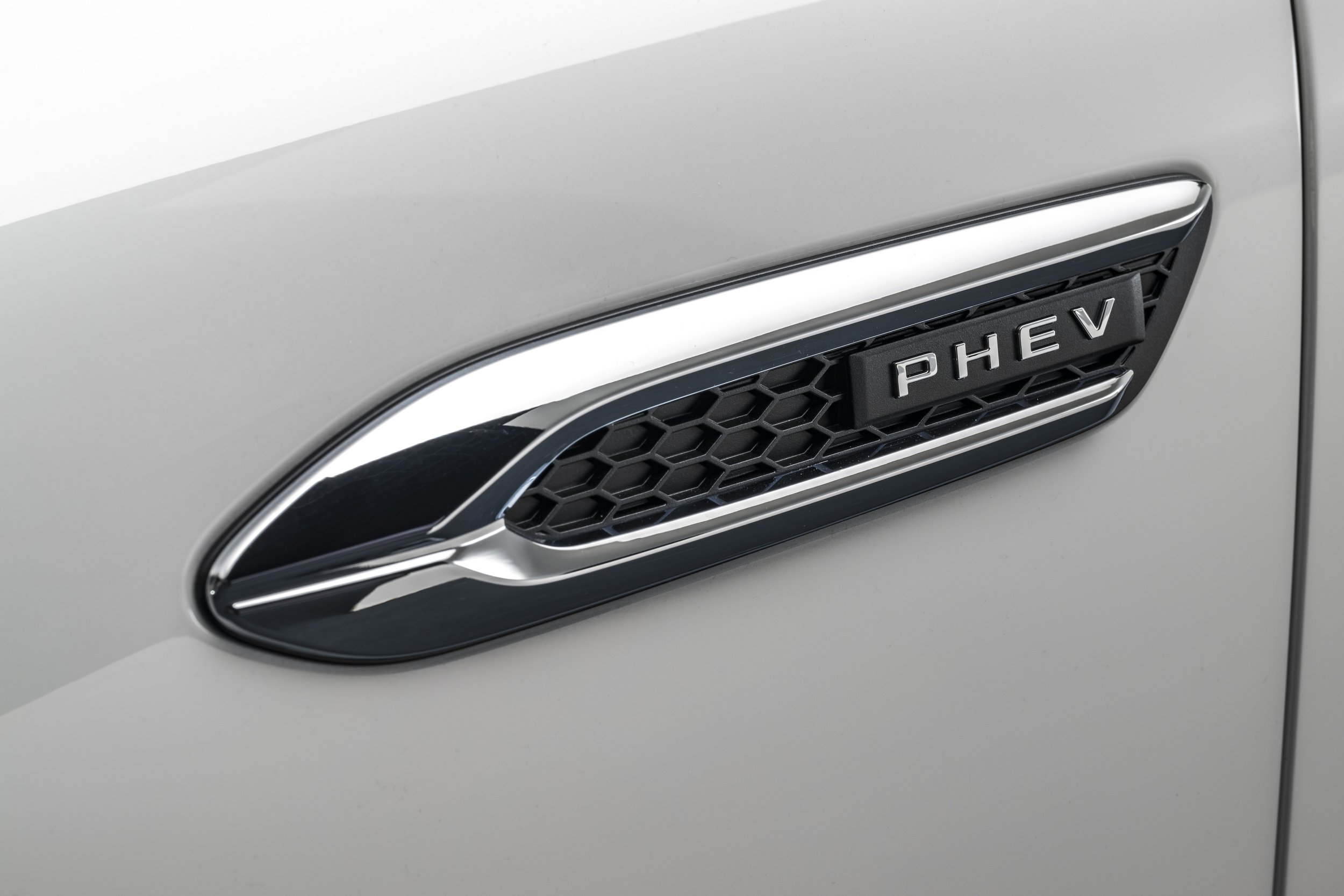Mazda PHEV push a year away
/While our neighbour is securing CX-60 this year, NZ is further down the queue.
POTENTIAL of New Zealand being the best part of a year behind our neighbour in achieving an important new Mazda model, featuring its first plug-in hybrid technology, has been signalled.
A mid-2023 local arrival if all goes well has just been cited by Mazda New Zealand for the CX-60, a plush technology-laden five-seater and the first of four premium electrified sports utility wagons intended to be in circulation by 2025.
In addition to giving Hiroshima a seat at the PHEV table, CX-60 will also represent in petrol and diesel form – the latter at least presenting with and without mild hybrid assistance - as the brand’s first rear-wheel-drive, six-cylinder passenger car in two decades.
However, it’s the mains-fed electric-assisted edition – which pairs a 2.5-litre four-cylinder with an electric motor for combined outputs of 241kW and 500Nm, 60km of claimed electric range and a 5.8 second 0-100kmh time – that has raised specific interest here.
Having already kicked into the full EV-sphere with its MX-30 and enjoyed the experience, despite that model struggling to make anything like the same imprint as some other like-priced battery-wed alternates, Mazda New Zealand has made clear it is keen on the impending new products based on what is calling a ‘large architecture’ platform.
Confirmation about the PHEV coming here, but not for another 14 months, came on April 8 during an event to reveal updates to the CX-5, its biggest seller in 2021 but also a model for which no battery-enable drivetrain has been announced.
Until now, it has been commonly supposed the CX-60 would be here reasonably soon, as per other markets.
Tim Nalden, Mazda NZ’s manager of product and sales planning, says the timeline for NZ is down to a maker-dictated policy of ‘cadence’.
Translation? Mazda has been no less immune to coronavirus and other international disruptions than any other car maker. It can only build so many cars and that impacts allocation determinations.
“What we are seeing now, and now just for Mazda but other brands as well, is that the last two years have had a real impact on delivery timings.
“For us (mid-2023) is the right time to launch that car.”
The timeframe is a separation from that expressed by Mazda in Australia. Our neighbour has suggested CX-60 will be available to its customers by late this year.
The Australasian distributors have in the past often worked together to secure common stock, for availability to similar timeframes, and NZ market cars conform to Australian Design Rules.
But Nalden says product selection partnership isn’t a hard and fast policy.
“They can have a window into launching their car … based on the specification and grade line they wish for and where they plan to place that vehicle in their market.
“It’s not uncommon for us to launch at a different time to Australia.”
Mazda NZ managing director David Hodge says Australia going first could be advantageous, as it allows opportunity for his operation to study how the car will be received by a broadly similar audience.
“Mazda Australia planning on launching this year … does give us a lot of learning opportunities about that product ahead of our own launch.”
A presentation unwrapping Mazda’s long-term approach toward a low-CO2 future reminded it is more complex and multi-faceted than some.
Rather than just invest in a pure electric future, Mazda sees merit in continuing with combustion engines, albeit likely burning carbon-neutral synthetic fuel; some working in isolation or in marriage with electric drivetrains or at least 48-volt mild-hybrid systems.
The latter seems a path for the petrol and diesel CX-60, which respectively run new in-line six cylinders - a 3.0-litre non-turbo SkyActiv-X in petrol and 3.3-litre turbocharged diesel - with a choice of rear- or all-wheel drive and an eight-speed automatic. No outputs have been given for the petrol but Mazda has just opened up about the compression ignition, called SkyActiv-D. It develops 170kW/500Nm in orthodox form and 187kW/550Nm in mild hybrid.
CX-60 will form the basis of three other sports utility wagon models Nalden indicates are of interest to Mazda NZ - a long-wheelbase, seven-seat CX-80, as well as 'wide-body' two-row CX-70 and three-row CX-90 SUVs.
CX-80 has been cited by Mazda as being for Europe and Japan while the odd-numbered cars are primarily intended for the United States, yet none are apparently wholly specific to those places. That’s unlike another newly released car in the family, the CX-50, which is only going to be for North America.
Measuring 4745mm long and 1890mm wide, CX-60 is about 200mm longer and 50mm wider than the CX-5.
CX-60’s additional size enables up to 50mm of extra shoulder room, and a larger 570-litre boot (vs 438L in the CX-5).
The diesel being e a starter is by no means certain. Mazda here has progressively pulled compression ignition from passenger models. The updated CX-5 is now all petrol, though Nalden says diesel can be reinstated if there’s enough interest. Which seems unlikely – the outgoing editions achieved about 10 percent of total CX-5 volume.
CX-60 is also the first Mazda with a fully-digital instrument cluster and also has a large infotainment touchscreen offering wireless Apple CarPlay and Android Auto.
It’s designed to be a luxury model so is outfitted accordingly, with Nappa leather trim and numerous prestige features. It also takes a hands-free power tailgate, panoramic sunroof and a full repertoire of safety features.




















